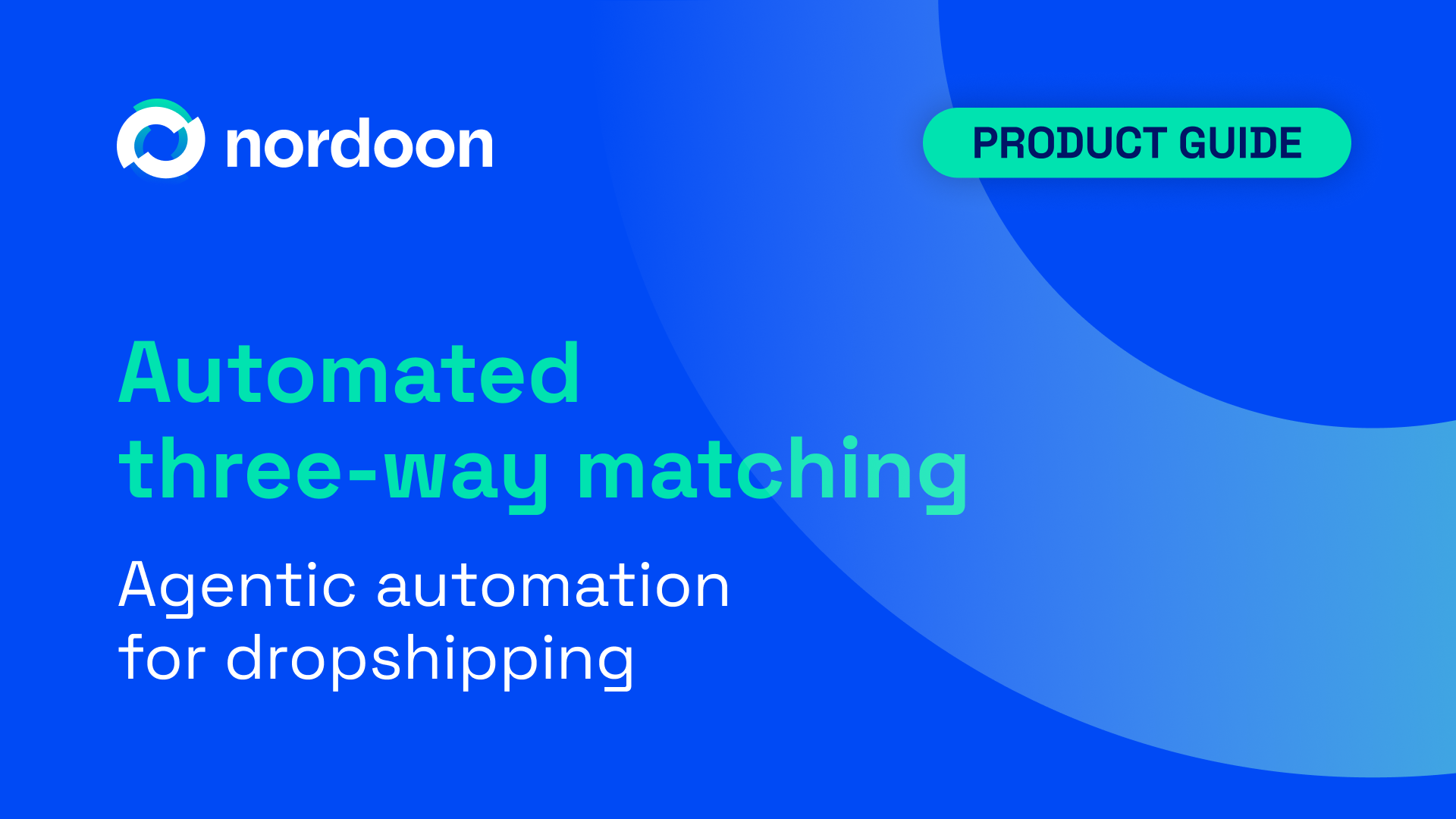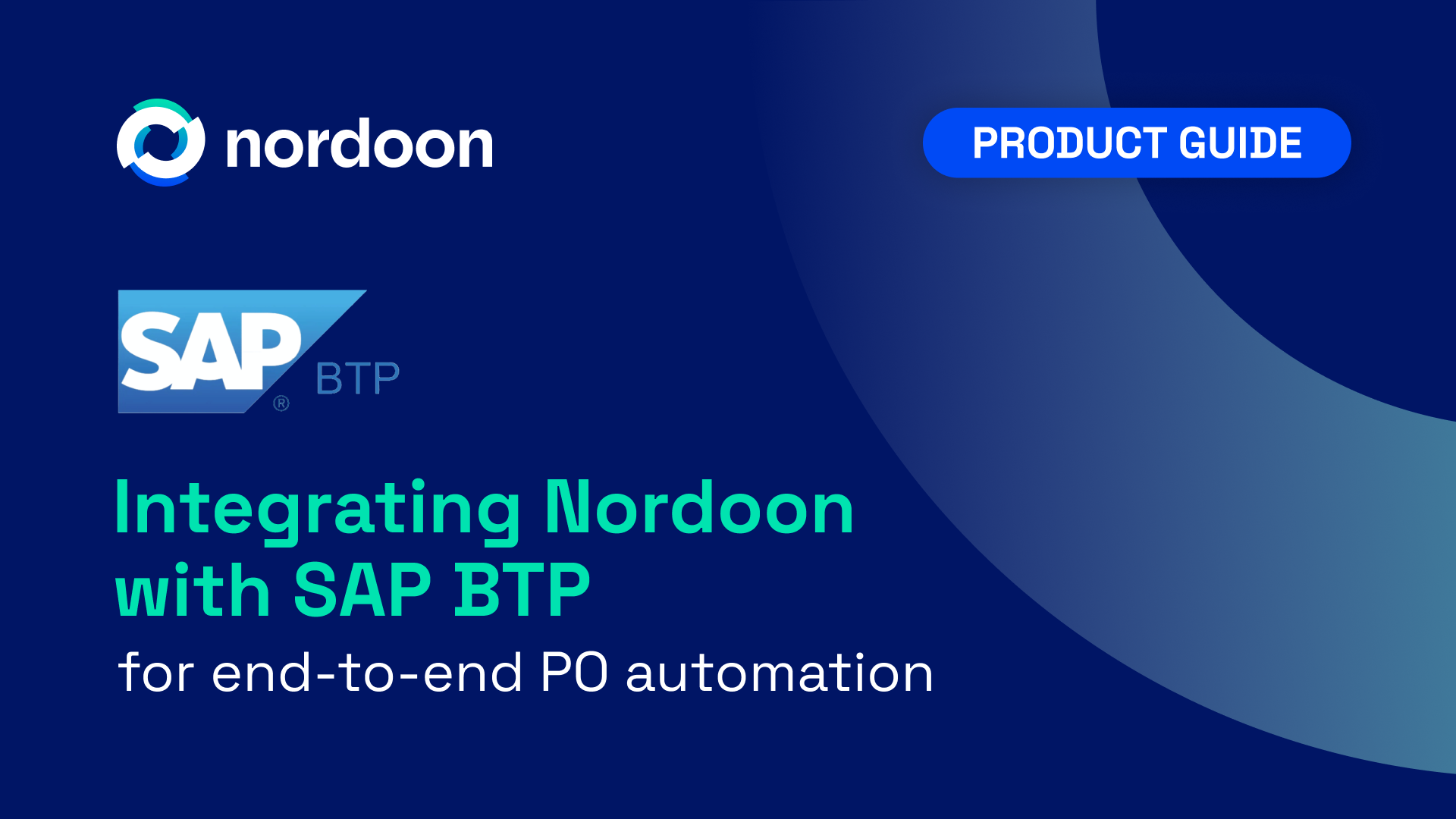5 procurement process inefficiencies AI Agents can steer around
Procurement teams keep supply chains moving, but manual workflows can quietly slow progress and inflate costs. Drawing from market data and real-world examples, this article breaks down the five most common process inefficiencies that undermine procurement success and briefly shows how AI Agents purpose-built for supply chains can eliminate them.










